Hello Newgrounds!
First off, thank you all so much for the wonderful response you've given to our ASCII art! Newgrounds has always played such an important role in supporting independent artists. I'm so grateful that we can finally engage in that community with our own work!
Last Sunday, the lead developer and I had a casual Q&A with members of our Discord server where we dove into the design process behind Stone Story.
Stone Story RPG is a unique game in number of ways, chief among them the ASCII art style and the AI-controlled player character. We came away from the Q&A with several interesting design perspectives, ranging from how to teach players to incorporating idle game mechanics. Hopefully you find some of the stuff we talked about helpful or insightful in your own work!
In the (long) post below, I've compiled the most salient discussion points covering Stone Story RPG's development process. If you'd rather listen to the talk instead of reading the post, we've also uploaded the Q&A to YouTube: https://youtu.be/y9tdsrBENfM
When the ASCII aesthetic was decided upon
Stone Story’s ASCII aesthetic began back in 2013 as a result of seeing Candy Box. standardcombo, the lead developer, felt that ASCII art was abandoned and picked it up as a hobby. He emulated ASCII styles, further growing it into a full-fledged game concept.
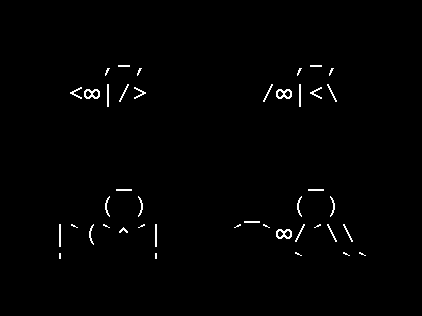
The differences between ASCII art and pixel art
ASCII animation is incredibly similar to pixel animation, as much of the process is the same: You search for references, do basic keyframe poses, then calculate the length of each animation and go frame by frame.
Where ASCII can be easier is how it covers more space on-screen. If you’re doing high pixel quality animation, it takes a lot of effort on the animator. Pixel animation depends on the resolution, so as a result there’s more variance in pixel art: you can do low-res or high-res pixel art. In ASCII art, there’s less resolution variance so it’s more flat.
One of the influences behind some of Stone Story’s animation design is Darkstalkers. Darkstalkers has an incredibly fluid and organic animation style that you can see in the some of Stone Story's bosses.
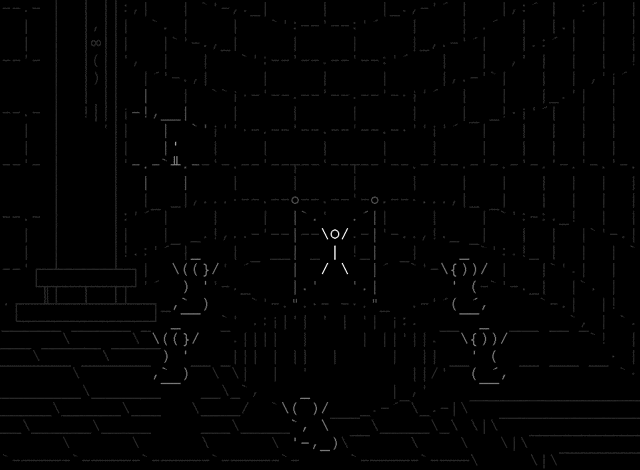
How an AI-controlled player character prevented the game from being a Roguelike
Roguelikes only really work if you have enough room to make mistakes. You need to have enough choice for your choice space to have mistakes, at which point you lose. That’s the only way in which Roguelikes work.
Stone Story wasn’t working as a Roguelike due to the relatively shallow combat early on. There were a few items and the AI did most of the work for you, so what are your choices? You’re not really moving around to make mistakes that way. It was boring, it didn’t fit.
One of the things about Roguelikes that you really need to get them to work is that you need to kill the player early on. But they can’t feel like it was the game’s fault, they have to feel like it was their fault. You made a mistake that got you killed, and it’s hard to transmit that feeling with AI controls.

What problems players ran into with different systems and how they were solved
An item shop was added to the game to solve two problems: lack of player choice in progression and misunderstanding the depth of the crafting system. By implementing an item shop, players could obtain gear they’d need to progress onto harder levels as well as reagents to explore the crafting system.
To further give utility to the item shop, a character called Lootmeister Hans was added. Not only did he give the shop more life, he also served as a way to help along the player learn more about different systems. As the game progresses, Hans gives the player just enough advice to get them started with enchanting and crafting.
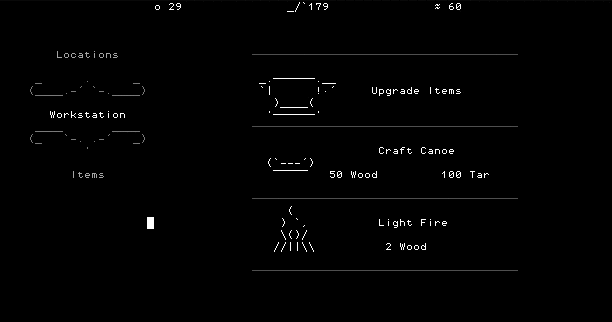
Taking mechanics from idle games and transposing them into Stone Story RPG
Something like Cookie Clicker is incredibly fundamental in its gameplay. Incremental games (otherwise known as “clicker” or “idle”) are great because they get to the heart of what gaming really is: progression and self-improvement.
Lots of games have incremental design. Most games have a level progression or different locations that you explore, and they get harder. That’s incremental design. But to call a game incremental, it means that it’s a core mechanic, that it’s intentional.
Incremental design tends to be something that happens naturally, where you’re just making a game and basing it on your experience as a gamer. It works, with each level getting harder, and it makes sense. When you do it meticulously and deliberately, it’s a completely different experience, and that’s what games like Cookie Clicker do. They take it closer to a science than an art in terms of game design.
Now, in regards to Stone Story, the game is built on many incremental systems and mechanics that grow with progression, and when combined they give the depth a greater depth than the sum of its parts.
A fundamental part of this incremental approach to design is Nintendo’s philosophy of “kishotenketsu”, which relates to level design and how you structure it. This directly influences how mechanics are introduced and developed, such that there is no need for a tutorial. Mechanics are introduced one at a time in an incremental way to teach the player how to use them, without having to explicitly tell them.
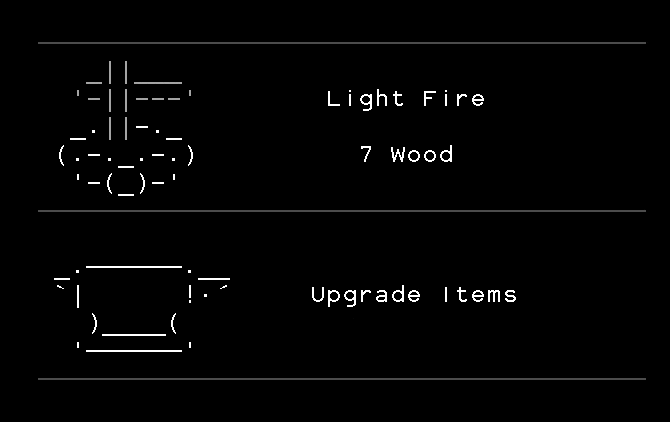
The two hardest things to teach the player: not controlling the main character and how to fully make use of the crafting system
Most games teach you that you control the main character, and Stone Story is a game where you don’t. For a while, that confused everybody. Nearly a year was spent redoing the first few levels and quests to get a higher percentage of players comfortable with the mechanic of not controlling their character.
The second thing is crafting items, as it’s incredibly important to the retention and fun of the game. Players needed to understand that you could combine two weapons to make a better version of it. The first few levels are crafted very carefully in a way that you’re not able to progress unless you craft items correctly. Then you’re introduced a few more pieces for that equation until eventually you start integrating everything together.
#1 indiedev advice: Do a little bit every day.
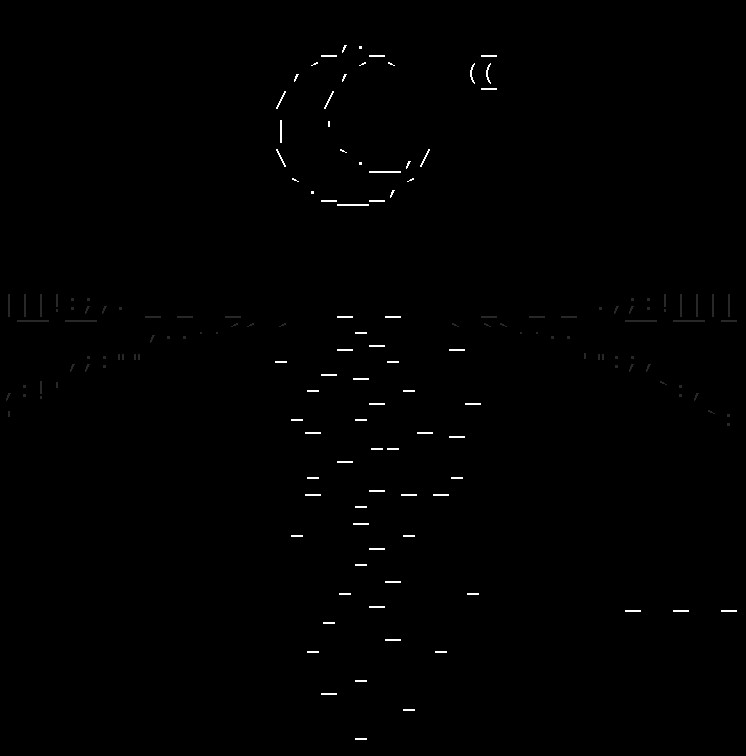
GazRowck
BRO THAT ANIMATIONS ARE SO COOL!!!! WTFFFFF